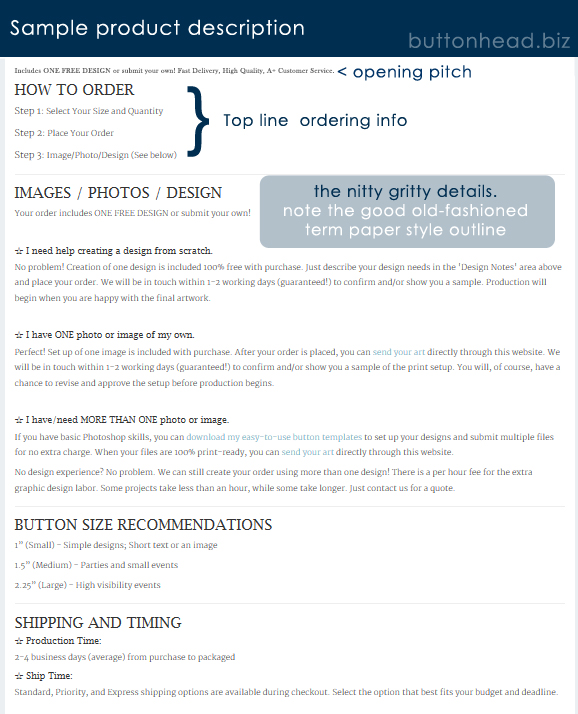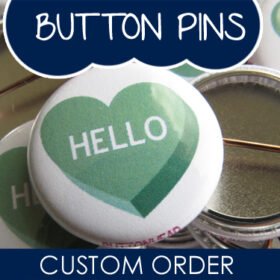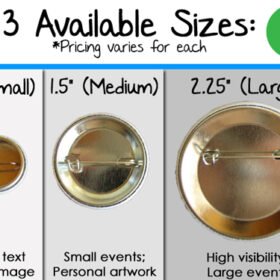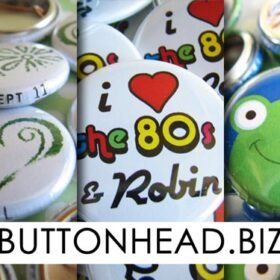Small Business Resources
How to Write Product Descriptions that Sell
In the month of October, our company saw a 10% increase in sales. Yay! Want to know how I did it? I learned how to write product descriptions that sell. Toward the end last month, I revised nearly all of our shop photos and text info with two questions in mind:
1. Is this item visually appealing?
2. Is the text information clear and convenient for my customer to understand?
It was a 7 week long arduous daily process, but the good news is: I began to notice results immediately! Want to know more? Read on!
30 Seconds To Sold
When a customer lands on a shopping cart page, they will decide within 30 seconds whether they are interested enough to purchase it. Since this 30 second window is so crucial, I decided to tap my own shopping instincts and asked myself: What is the consumer thought process during this short amount of time? Here is what I discovered:
0-5 sec: Does the photo draw me in?
6-10 sec: Does the first line of text make me want to read on?
11-15 sec: Can I find the basic info I need to have?
16-30 sec: Can I easily find the nitty gritty details that will inform my ultimate decision.
Now, let’s dig into each of these phases of the thought process and and consider about a business can best service their shopper’s needs and expectations.
0-5 Seconds: Truly Excellent Photos
Online shopping is first and foremost a visual experience. Pictures have to be on point or a customer will hit the back button before reading a single line of text. The primary pic has to a) represent the item accurately and b) tell the story of the item in an appealing and clear way.
Tips:
- Make sure your pictures are well-lit. Natural light (or controlled natural light) is best.
- Use high resolution (large) photos when possible. The smaller the picture, the quality will suffer.
- Show, don’t tell. Adding text to a photo is perfectly ok, but try to convey the story visually.
6-10 Seconds: The Opening Pitch
The first line of text is critical. It should be one or two well-written, descriptive, and catchy sentences. Remember, this is your sales pitch. You only get one chance, so make it memorable, and make sure the client understands why they should choose you.
Tips:
- Pretend you are the customer. What is the first thing you want to know about an item like this? Use that info as the backbone of your pitch.
- Let your personality shine! Don’t be afraid to get creative here. There is an artistic element to being an effective sales person.
11-15 Seconds: The Top Line
The customer liked your photos, was intrigued by your pitch, and now they want a little bit more info. Here is where you expand upon the sales pitch… but not too much. Overwhelming someone with too much information can be a turn off. In this stage, we just want to give the client a top line understanding of what the item is and why it’s amazing.
Tips:
- Think about the top 3 reasons someone should buy your item. Be sure to include those reasons in your text.
- Keep it content-rich, but brief. You will have a chance to give all of the details next.
16-30 Seconds: The Nitty Gritty Details
As a business owner, you know everything there is to know about your items and service. Now, it’s time to inform the customer. Many serious shoppers want to know ALL of the details to make an informed decision. Don’t leave anything out. The more thorough you are, the more the customer will see your company as an authority and want to order from you.
Tips:
- Again, assume the role of the customer. What info is most important to them?
- Try making a good old-fashioned term paper style outline of your info. You have have a lot of textual info to include, so you’ll want to make it easily understandable.

Wrap Up:
Hey, Buttonhead’s “30 seconds approach” work every single time? Probably not. Still, I think it’s a solid starting line for anyone eager to learn how to write product descriptions that sell. It’s tempting to rush through the writing process in the excitement of the potential sale, but if what you’re doing isn’t strategic, you may find clients bouncing away. Carefully crafted photos and text will not only increase your sales, but it will save customer service time by empowering your clients to find the answers they need.


